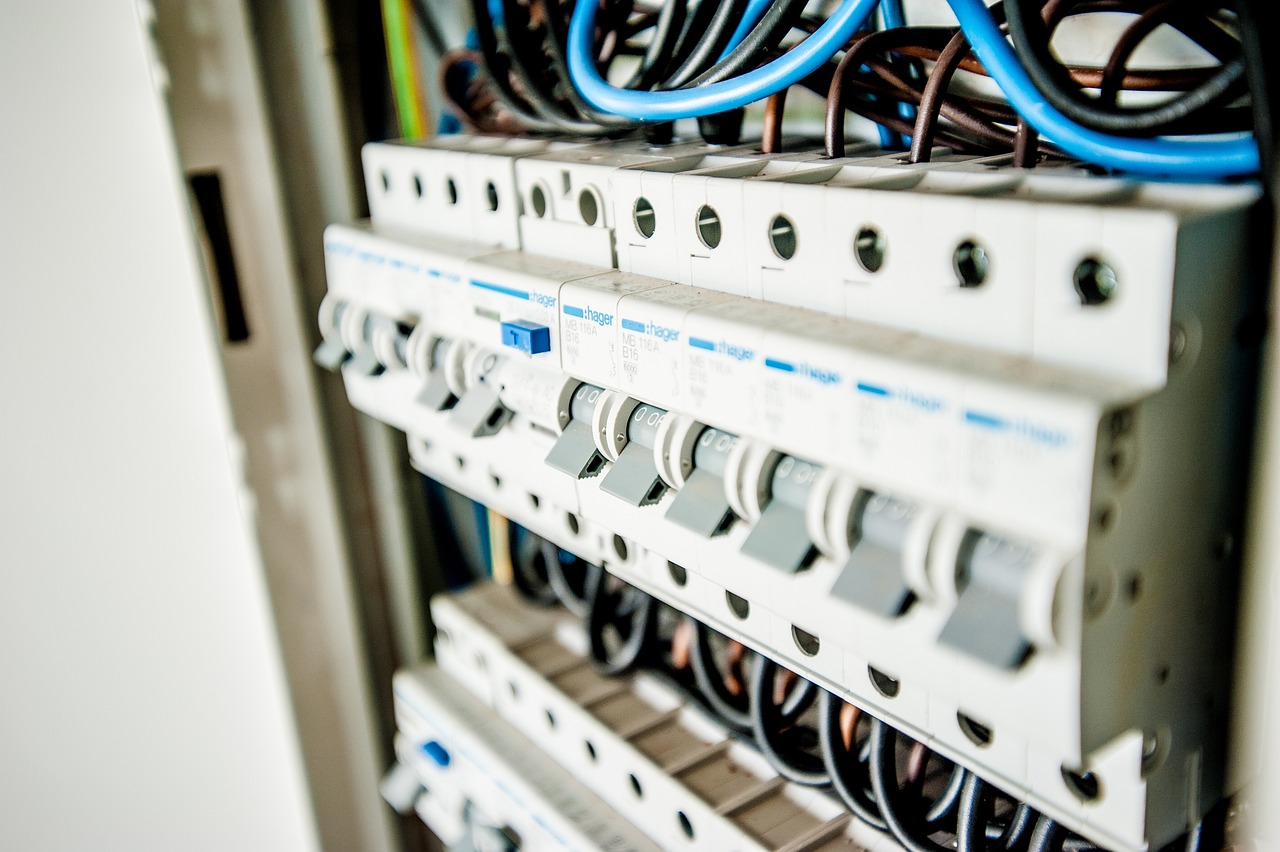How to Do a Basic Home Energy Audit with Help from Residential Electrical Services
Doing a home energy audit may sound like something best left to the pros—but the truth is, many homeowners can start one on their own. With a little time, attention to detail, and some knowledge of what to look for, a basic home energy audit can help you uncover wasted energy, lower utility bills, and make your home more comfortable.
And when you spot electrical concerns, that’s where residential electrical services step in. A licensed electrician can provide insight, safe upgrades, and smart recommendations that take your home’s energy performance to the next level.
Step 1: Start with the Obvious — Check for Air Leaks
Begin your audit by doing a walkthrough of your home. Focus on common drafty spots: windows, doors, baseboards, vents, and electrical outlets. On a windy day, you can even feel for airflow with a damp hand. Sealing leaks with weatherstripping or caulk is one of the cheapest, most effective energy-saving fixes.
If you’re dealing with older construction, ask about adding insulation or updating your electrical outlets. Sometimes outlets themselves can be weak spots for airflow—and for safety, residential electrical services can help you check and seal them properly.
Step 2: Check Lighting Efficiency
Still using incandescent bulbs? Swapping to LED lighting can reduce energy use by up to 80%. Make a note of every bulb you plan to replace, and consider upgrading to smart lighting systems that automatically adjust based on use.
Looking to brighten up your outdoor space without driving up costs? Consider adding best outdoor solar lights for pathways, patios, and porches. They require no wiring and cost nothing to run, making them an excellent addition to your energy-saving plan.
Step 3: Evaluate Your Heating & Cooling Usage
Heating and cooling often account for more than half of your home’s total energy usage. Check for inconsistent temperatures between rooms, which could indicate duct leaks or insulation gaps.
It’s also a great idea to install a programmable or smart thermostat to reduce energy waste when no one’s home. If you’re unsure whether your current HVAC setup is wired efficiently, licensed residential electrical services can assess it and recommend upgrades.
Step 4: Look at Appliance and Electronics Use
Old appliances and electronics may still work, but they could be using much more power than newer, energy-efficient models. Check refrigerators, washers, dryers, and anything that runs frequently or draws a phantom load (power even when turned off).
Want to protect your electronics from surges while managing usage? A professional can install whole house surge protection to safeguard your systems and help maintain efficiency.
Step 5: Examine Your Electrical Panel and Wiring
One area most homeowners overlook is the electrical panel. An outdated or overloaded panel can lead to power inefficiencies, breaker trips, and potential fire hazards. If your panel hasn’t been checked in years—or if you’re adding more tech to your home—consider a professional evaluation.
Commercial electrical contractors and residential electricians alike are trained to assess load, install new circuits, and recommend better energy distribution systems.
Step 6: Don’t Forget Outdoor Power Needs
If your energy audit includes outdoor spaces, think beyond lighting. Do you run garden tools, fountains, or patio heaters? Make sure your setup includes safe and weatherproof outdoor electrical outlets that are up to code. GFCI (ground-fault circuit interrupter) outlets are especially important near water and damp zones.
Final Thoughts: Small Changes, Big Impact
A basic energy audit helps you understand your home’s energy habits—and shows you where to make impactful improvements. While many steps are easy DIY fixes, anything involving wiring, circuits, or the panel should be handled by qualified residential electrical services.
Need expert help? Whether you’re upgrading your lighting, improving your panel, or installing smart energy solutions, a licensed electrician can help you do it right—and safely.









